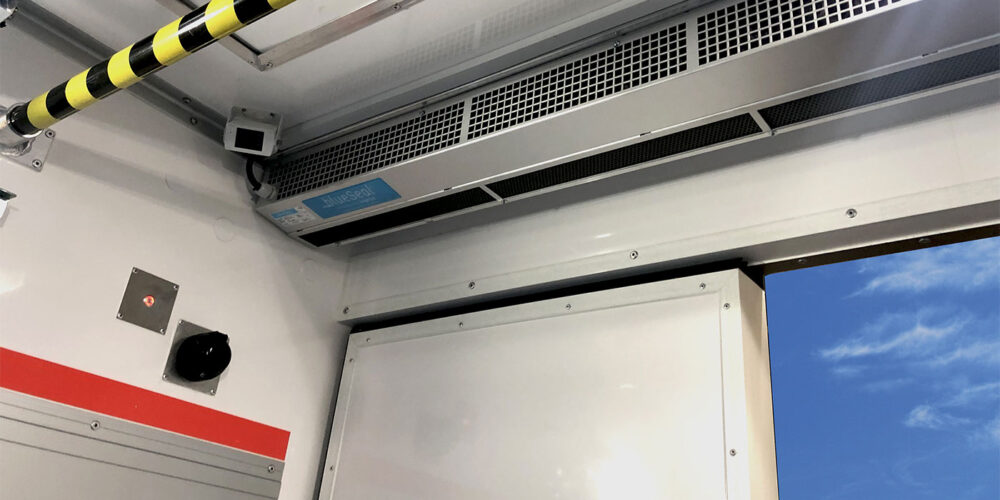Proper truck alignment would seem to be a simple thing, and it actually is, if some basics of suspension geometries, chassis dynamics and tire properties are understood.
A number of alignment maintenance-related trends are noteworthy. First, the time/mileage intervals between shop visits continue to be extended and tire wear rates continue to slow (longer potential tread life). This can become a two-edged sword, delivering reduced maintenance expenses if the proper alignment is achieved when checked on both new and in-service trucks. Defining “proper” however, has become a bit more complex.
Second, truck suspension systems have evolved. They are now more compliant, resulting in improved ride for drivers, while being more reliant on locating arms, bushings and torque rods that maintain desired alignment angles with torque application and normal wear.
Additionally, modern roads now tend to eliminate road crown in favor of simple incline for water drainage. This has all but eliminated the need for steer axle camber differentials side-to-side and reduces the need for toe-in beyond a minimal amount to control “road walk.”
Finally, modern radial truck tires perform best when aligned to angles very close to straight up/down (zero camber) and straight ahead (minimum toe-in).
This sounds simple enough, but it is often difficult to achieve. Once a new truck is put in service, many fleets now switch from treating alignment as routine preventive maintenance to concentrating on early detection of irregular wear coupled with corrective action. In other words, they don’t change alignment settings unless tire wear symptoms or driver handling complaints indicate it’s necessary. This makes sense if the technicians are capable of high quality visual examinations and “fingertip diagnostics,”—needed to relate early wear patterns to alignment angles needed for correction—are available.
One issue today is that trucks carefully aligned to proper specifications may still have tire wear issues. This is usually related to one of two conditions. First, large load variations (experienced by some tankers) can result in camber and/or toe changes, outbound vs. inbound, which can accelerate overall, and often irregular, tire wear. Optimum alignment then may be compromised. Second, high torque applications, common with modern diesels in some service conditions, can result in dynamic drive axle alignment angles different from those set on an alignment rack. Extreme examples may require different settings to compensate.
Of course, worn or improper hardness torque or suspension locating rod bushings increase this problem. Ironically, this condition will first create symptoms of fast shoulder wear on the steer tires (that may be perfectly aligned), since they will be constantly scuffed sideways trying to compensate for the difference in the angle of torque thrust being generated by drive tires compared to the actual direction of travel.
Some other conditions that have had relatively small effects on tire wear in past years are now being scrutinized in efforts to extend take-off mileages. The added benefit is improving fuel economy, since worn shallow tread tires can reduce rolling resistance compared to their new deeper tread counterparts. Loose wheel bearings and worn tie rod ends are the most common culprits. The bottom line is that postponing irregular wear by closely maintaining correct dynamic alignment angles can extend take-off or rotation mileages, which improves life-cycle fuel economy and postpones replacement tires and retread purchases.
A final caution: Maintaining correct alignment angles is more important in preventing irregular wear on wide-base single tires used to replace duals. Visualize a tire from the front or rear of its direction of travel. Adding camber causes the tire to tilt, lifting one tread edge while compressing the other. A wider tread results in greater vertical displacement differences of the two shoulders. Any camber outside of spec settings adversely affects the wear of wider tires to a greater degree than narrower tires. This also holds true for toe settings, as toe is simply camber turned 90º. So, a switch to wide-based single tires is reason enough to review your alignment maintenance program to be certain all of your angles are in order.













